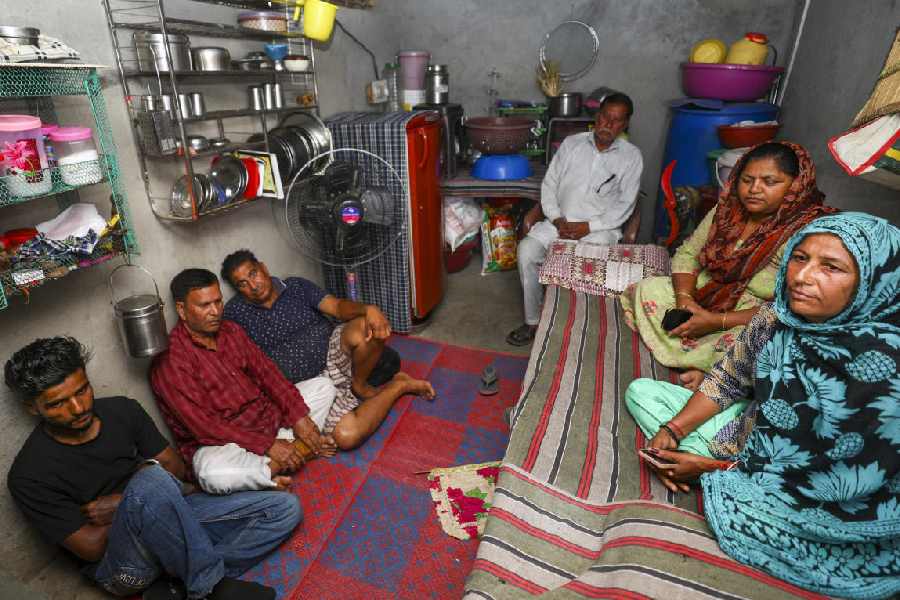THE DAWN (VOLUMES I AND II) Edited By Satis Chandra Mukherjee, Naba Bharati Bhaban, Rs 350 (Vol I) and Rs 400 (Vol II)
How does it feel to go through the pages of a monthly journal that happens to be more than a century old? Trying to understand the social and political scenario and the religious and scientific ideas that prevailed in Bengal in the late 19th and early 20th century through the pages of a periodical that was once considered the mouthpiece of modern Bengal makes for an exciting venture.
Thanks to the tireless efforts of Madhabendra Nath Mitra, the century-old brittle pages of The Dawn have been restored and reprinted in two complete volumes sans the advertisements that were a part of the original version. Mitra inherited the only extant complete set of The Dawn from his grandfather.
The two volumes comprise all the articles published in the journal that was first published in March 1897 and continued for 16 years till November 1913. Originally a monthly publication, it made a great impact on the national education movement of Bengal and was considered to be a landmark in the socio-cultural history of the nation.
The editor of The Dawn, Satis Chandra Mukherjee, was a man of revolutionary ideas who led an illustrious life. Some of the articles in the periodical bear proof of the editor's modernity. Like many leading intellectuals of Bengal in the later half of the 19th century, Mukherjee had expressed his displeasure with the British education policy. He felt the need to protest in a way that would lead the way for movements in future. The result was The Dawn, which went on to voice the sentiments of the nation.
The periodical also played a constructive role in offering an alternative ideal of education. Instead of focussing on merely textbook education, it advocated education aimed at character-building and the overall spiritual, moral and intellectual growth of the nation.
The idea of nationalism propagated through the pages of The Dawn had a deep inspiration on the youth. It is evident from many of the articles that Mukherjee's idea of nationalism was not just anti-British; he also preached love to his countrymen. The 'Indiana' section of the journal was devoted to the achievements of Indians from different provinces.
It would be wrong to assume that the periodical thrived on only political issues. There were sections devoted to students, as well as ones on social and scientific issues. The articles on the turn-of-the-century scientific inventions in countries across the globe inspire the modern reader too. For instance, an article talks about the havoc wreaked by water hyacinth in certain countries long before the plant became common in Bengal. And when warheads were being developed by European and American countries and discussed in The Dawn, India had not dreamt of becoming a nuclear power yet.
The Dawn is for those who would like to learn more about the history of Bengal.
 Friday, 09 May 2025
Friday, 09 May 2025









